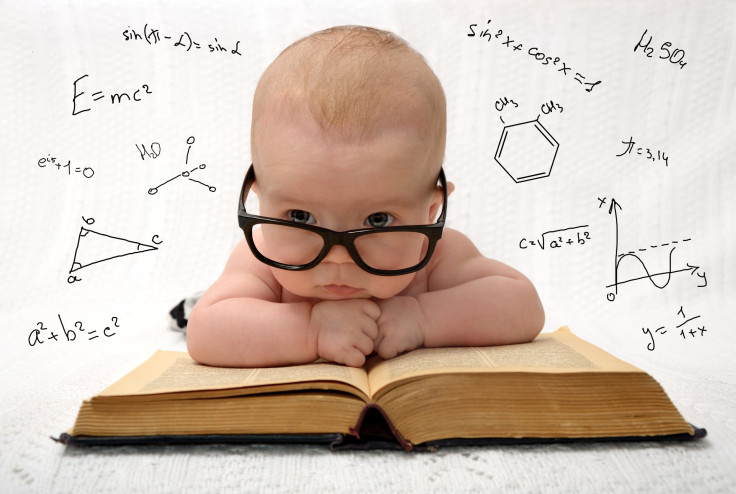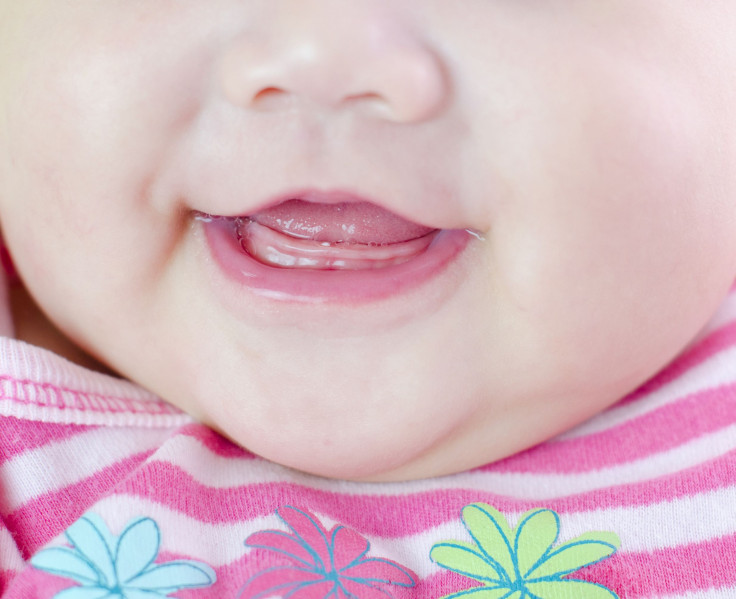US Births Plunge To 32-Year Low; Record Slump In Birth Rate Continues

The number of live birth in the United States in 2018 fell to its lowest level in 32 years and also helped push the U.S. fertility rate to a record low.
The birthrate fell again in 2018 to 3,788,235 births, or a 2 percent drop from 2017. More bad news: The total fertility rate fell to 1,728 births per 1,000 women over their lifetimes — a reduction of 2 percent from 2017. This number is far below the ideal replacement rate of 2,100 births per 1,000 women.
The U.S. Centers for Disease Control and Prevention (CDC) said 2018 was the fourth consecutive year of birth declines, continuing a worrying trend of fewer births that's only been prevented from reducing the overall U.S. population by the continuing influx of immigrants.
The Bureau of Census has long predicted America's future population growth will increasingly rely on immigration.
CDC said the latest birthrate data further distances the U.S. from a viable replacement rate, which measures a generation's ability to replicate its numbers. The U.S. has generally fallen short of that level since 1971.
So why is this happening? Social media chatter on this topic gives us clues. Posts from American women revealed the immense difficulties they face as mothers. They're about expensive insurance costs, a lack of parental leave and finding child care, among others. Their paychecks haven't been growing in an economy where the rich get richer and everyone else gets poorer.
"Parents know why the birthrate is falling. Kids are expensive & time-consuming & our society doesn't make it easy," Elena Parent, a state senator from Georgia, wrote on Twitter.
Oddly, demographers were surprised by the data. They believe that with the U.S. economy and job market on a years-long growth streak, the birthrate should have shown signs of stabilizing, or even growth.
Instead, the drop could force changes to forecasts about how the country will grapple with the immense problems posed by an older population and fewer young workers to sustain key social systems such as Social Security.
Part of the falling birth date trend reflects a disturbing cultural shift. Experts note that more and more Americans continue to delay marriage and child-rearing.
Women in their 20s have historically given birth to the most number of babies in the U.S., but in 2017, women in their early 30s had a higher birthrate for the first time ever. That gap widened in 2018.
"It's a national problem," according to Dowell Myers, a demographer at the University of Southern California. "The birthrate is a barometer of despair."
He contended young people won't make plans to have babies unless they're optimistic about the future.

"At first, we thought it was the recession," said Myers of the recent drop in births. But after a slight rise in 2012, the rate plunged further. Birthrates should now be rising by nearly all economic standards except for high housing costs.
"Not a whole lot of things are going good," he added, "and that's haunting young people in particular, more than old people."



























